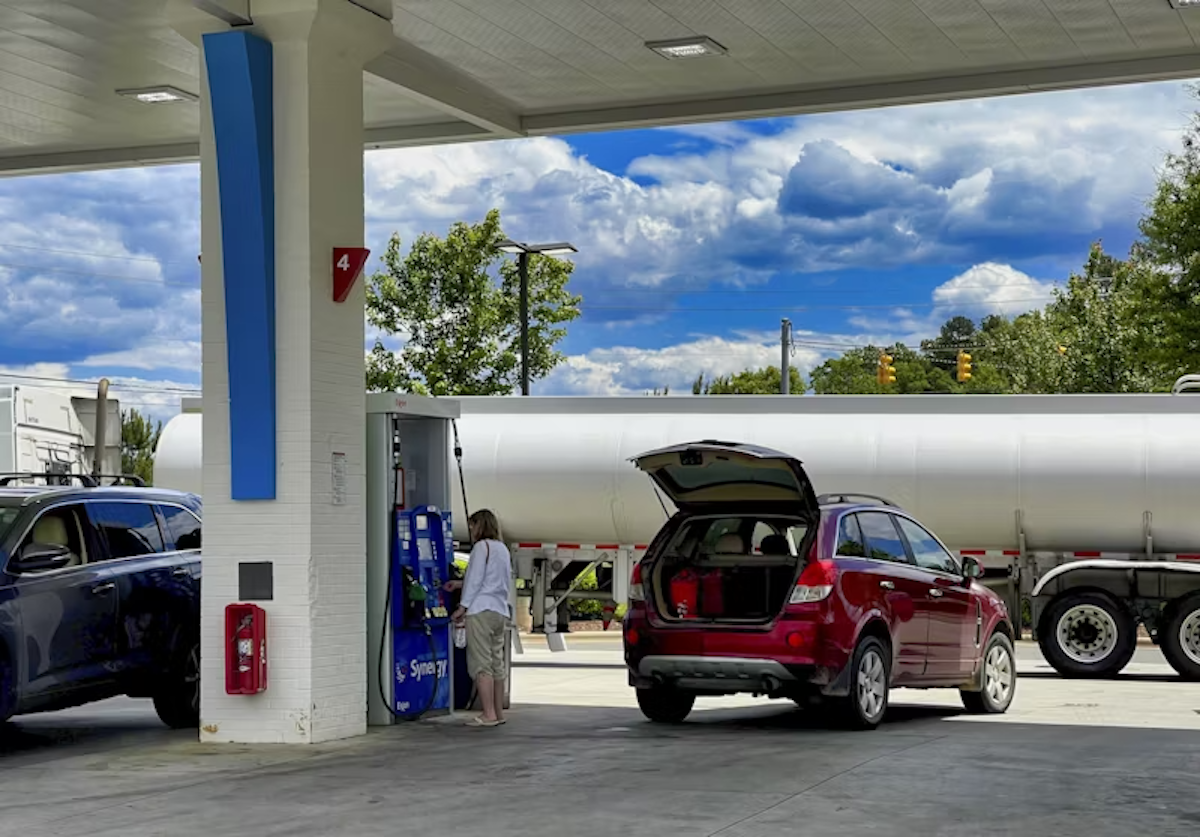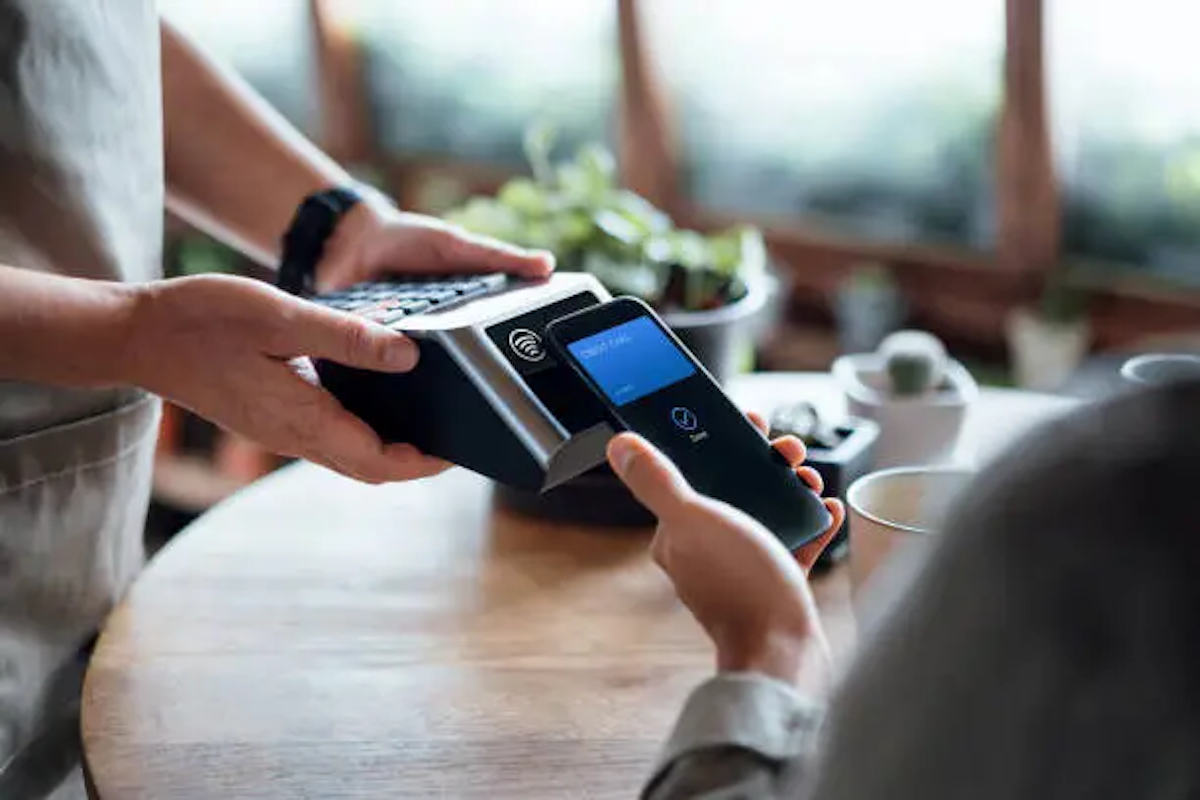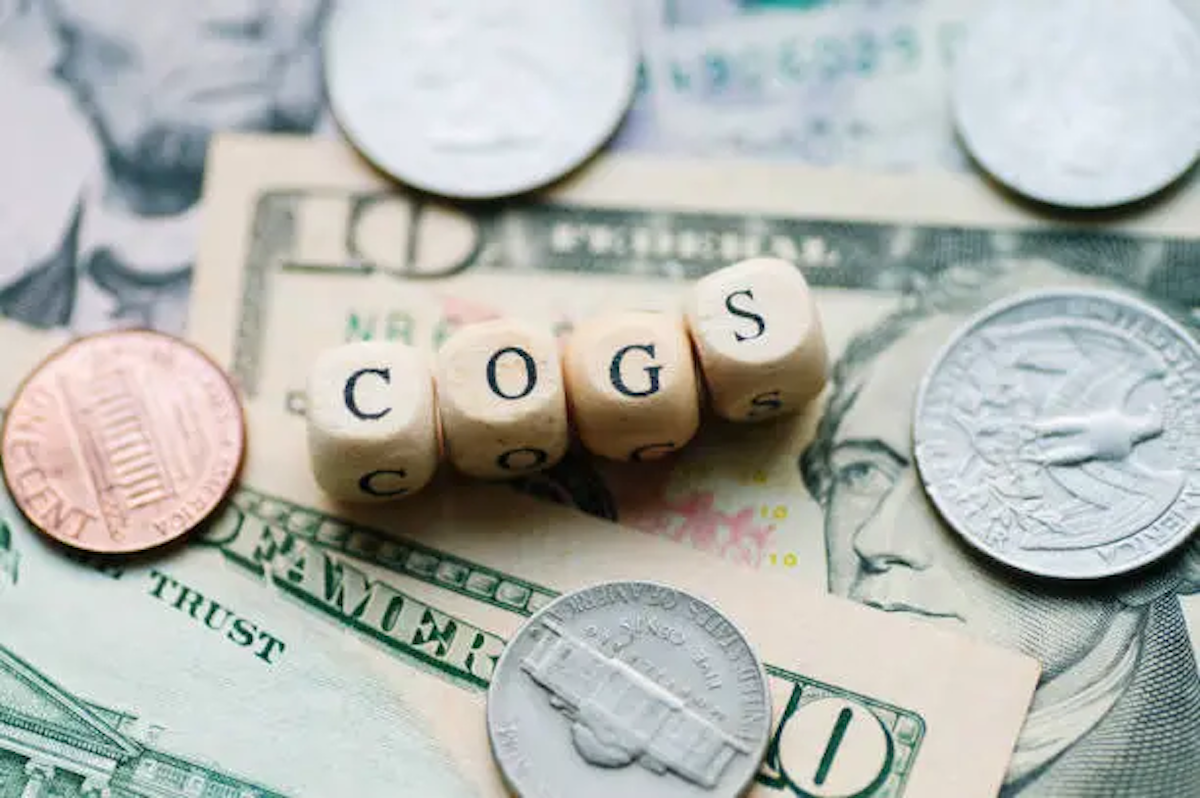What are the Average Restaurant Sales per Month by Category?
Breaking down average restaurant sales per month gives restaurant owners, managers, and investors a clearer view of how the business is performing....
Platform
Combining online ordering, loyalty, omnichannel messaging, AI insights, and payments in one platform. Paytronix delivers relevant, personal experiences, at scale, that help improve your entire digital marketing funnel by creating amazing frictionless experiences.
A Complete Customer Experience Platform
Online Ordering
Acquire new customers and capture valuable data with industry leading customization features.
Loyalty
Encourage more visits and higher spend with personalized promotions based on individual activity and preferences.
Catering
Grow your revenue, streamline operations, and expand your audience with a suite of catering tools.
CRM
Build great customer relationships with relevant personal omnichannel campaigns delivered at scale.
Artificial Intelligence
Leverage the most data from the most customer transactions to power 1:1 marketing campaigns and drive revenue.
Payments
Drive brand engagement by providing fast, frictionless guest payments.
Solutions
We use data, customer experience expertise, and technology to solve everyday restaurant and convenience store challenges.
Contactless Experiences
Accommodate your guests' changing preferences by providing safe, efficient service whether dining-in or taking out.
Customer Insights
Collect guest data and analyze behaviors to develop powerful targeted campaigns that produce amazing results.
Marketing Automation
Create and test campaigns across channels and segments to drive loyalty, incremental visits, and additional revenue.
Mobile Experiences
Provide convenient access to your brand, menus and loyalty program to drive retention with a branded or custom app.
Subscriptions
Create a frictionless, fun way to reward your most loyal customers for frequent visits and purchases while normalizing revenues.
Employee Dining
Attract and retain your employees with dollar value or percentage-based incentives and tiered benefits.
Order Experience Builder
Create powerful interactive, and appealing online menus that attract and acquire new customers simply and easily.
Loyalty Programs
High-impact customizable programs that increase spend, visit, and engagement with your brand.
Online Ordering
Maximize first-party digital sales with an exceptional guest experience.
Integrations
Launch your programs with more than 450 existing integrations.
Loyalty Programs
Deliver the same care you do in person with all your digital engagements.
Online Ordering
Drive more first-party orders and make it easy for your crew.
Loyalty Programs
Digital transformations start here - get to know your guests.
Online Ordering
Add a whole new sales channel to grow your business - digital ordering is in your future.
Integrations
We work with your environment - check it out.
Company
We are here to help clients build their businesses by delivering amazing experiences for their guests.
Meet The Team
Our exceptional customer engagement innovations are delivered by a team of extraordinary people.
News/Press
A collection of press and media about our innovations, customers, and people.
Events
A schedule of upcoming tradeshows, conferences, and events that we will participate in.
Careers
Support
Paytronix Login
Order & Delivery Login
Resources
Learn how to create great customer experiences with our free eBooks, webinars, articles, case studies, and customer interviews.
FlightPaths are structured Paytronix software onboarding journeys designed to simplify implementation and deliver maximum ROI.
See Our Product In Action
E-Books
Learn more about topics important to the restaurant and c-store customer experience.
Reports
See how your brand stacks up against industry benchmarks, analysis, and research.
Blog
Catch up with our team of in-house experts for quick articles to help your business.
Case Studies
Learn how brands have used the Paytronix platform to increase revenue and engage with guests.
Is your brand tapping into these three unshakeable pillars of guest loyalty in 2025?
6 min read
Mar 25, 2025

Thinking about owning a gas station? It can be a solid business, but success takes a well-thought-out strategy. Profit doesn’t come from fuel alone. Location, costs, and daily operations all play a role in how much a gas station can earn. In this guide, we’ll break down the key facts to help you understand what goes into making gas station ownership work.
Gas station owner salaries in the U.S. typically range between $40,000 and $100,000 annually. However, figures can differ significantly based on the business model, operating costs, and market conditions.
Income is shaped by what the business earns on each sale and how well it’s managed overall. Some owners operate under major franchises with built-in support. Meanwhile, others run independently with more freedom, but also more responsibility.
Location plays a big role, too. Stations in high-traffic areas generally see more volume than those in quiet or rural locations.
While rising gas prices might seem like a positive, they don’t always lead to higher profits. like a good thing Costs, competition, and changing consumer habits can quickly cut into earnings.
Fuel generates revenue but doesn’t necessarily contribute to significant profit. Most gas stations in the U.S. earn under 2% net margins on fuel sales. That makes fuel one of the lowest-margin products they sell.
Even the big players face the same challenge. Alimentation Couche-Tard, which owns thousands of stations across North America, earns just over $0.47 per gallon gross margins in the U.S.
Still, fuel generates large sales volumes. In recent years, gasoline station sales in the U.S. topped $654 billion. But because profit margins are so slim, owners must find other ways to make their business profitable.
Several key factors aside from gas prices can affect profits. Some are within your control, while others are not. Let’s explore what you need to consider.
Your station’s location can boost or hurt your revenue. Busy roads bring more drivers and more chances to sell fuel, among various products. As a result, stations near major highways often get steady traffic from commuters and travelers.
In quieter areas, sales can be slower. However, you’ll need to rely more on local loyalty and smart pricing to turn a profit. Other factors that affect demand include:
Key Takeaway: The more visible, convenient, and accessible your station is, the more potential you have to grow revenue.
There are two main ways to own and operate a gas station: independently or through a franchise. Each model comes with different levels of control, costs, and earning potential.
For independent stations, you run the business as your own brand. That means full control over fuel suppliers, pricing, store layout, and operations. But that freedom also comes with responsibility and potentially higher costs.
Your fuel supplier contract can make or break your margins. Some independents sign long-term agreements with major oil companies, which may lock them into fuel pricing structures. Others source fuel from unbranded wholesalers. This can offer more flexible pricing but less brand recognition.
Without corporate support, independents must also handle their own:
Key Takeaway: It’s higher risk, but there’s also more potential reward.
Franchisees operate under a major brand like Shell, Chevron, or BP. The brand name can help attract customers, and the franchisor often provides access to national marketing resources, established supply chains, and support services.
But there’s a trade-off:
Key Takeaway: Many owners choose this model for the lower learning curve and built-in support.
There’s also the debate between buying vs. leasing. Buying gives you more control and builds equity over time, but it comes with a higher upfront cost. Leasing lowers the barrier to entry. However, you may have limits on what you can change or upgrade, and long-term costs can add up. The right model depends on your budget, risk tolerance, and how hands-on you want to be.
Fuel brings in traffic, but it’s the extra revenue streams that often drive real profit. Here’s how gas station owners boost income:
Adding any of these revenue streams can help balance out low fuel margins and make your station more competitive. Give them a shot!
Running a gas station requires good financing. Even with strong sales, your profitability depends on how well you manage your costs. Here are the four major expenses that impact your bottom line:
Small changes can lead to bigger profits. Focus on revenue drivers and where you can cut unnecessary costs.
Stock high-margin items like drinks, snacks, and cigarettes. They sell fast and bring strong returns. Consider using smart promotions to encourage impulse buys at the counter. Think limited-time offers, bundle deals, and eye-catching displays.
Your staff can also make an impact. Train them to upsell combo deals, suggest add-ons, or highlight new products during checkout. A good loyalty program is another way to keep customers coming back. The goal is to increase the value of each visit, not just foot traffic.
Fuel prices fluctuate, and pricing decisions can significantly affect margins. Set competitive rates that attract those behind the wheel without cutting too deep into profits.
Work closely with suppliers to negotiate better deals or flexible terms. If you're locked into a contract, review it regularly. There may still be room to adjust.
Loyalty cards and fuel discounts can also help build repeat business while protecting your margins. The goal is to stay competitive without sacrificing too much revenue per gallon.
Extra services can turn occasional customers into loyal ones and increase profits. Adding EV charging stations helps future-proof your business as more drivers go electric.
Partner with well-known food or coffee brands to increase foot traffic and make your location a daily stop. You can also expand with car wash or maintenance services to bring in steady, year-round income. These upgrades take planning, but they often lead to higher revenue and stronger long-term growth.
Wondering what else impacts gas station income? These quick answers clear up common questions about ownership, earnings, and business decisions.
The profitability of owning a gas station depends on where the station is, how it’s run, and what extra services it offers. Most owners earn between $40,000 and $100,000 a year in salary. Profit margins on fuel are low, so success often comes from convenience store sales and other services.
Startup costs for a gas station vary widely. Buying a station can cost anywhere from $250,000 to $2 million or more. Leasing is cheaper upfront but may include restrictions and ongoing fees. Extra funds are also needed for inventory, permits, and staffing.
It can be profitable to lease a gas station, especially if the location has high traffic and strong sales. Leasing lowers the startup costs. However, lease terms can affect what changes you’re allowed to make and how much control you have over operations.
Independent gas station owners usually set their own prices. They can adjust fuel prices based on market trends and local competition. Franchise owners often have less flexibility because prices are set or influenced by supplier contracts or brand rules.
The fuel markup at gas stations is very low. Most U.S. stations earn under 2% net profit on fuel. Even major operators like Alimentation Couche-Tard report gross margins of just over $0.47 per gallon per gallon in gross margins the U.S.
Owning a gas station can be profitable, but it’s not a passive investment. Success depends on smart planning, a good location, and careful cost control. Fuel sales help drive traffic, but long-term income usually comes from convenience store sales and added services. With the right strategy, it can be a steady and rewarding business.
Want to boost revenue with smarter digital tools? Explore How to Choose the Right Loyalty Program.

Breaking down average restaurant sales per month gives restaurant owners, managers, and investors a clearer view of how the business is performing....

Understanding the cost of goods sold (COGS) is crucial for maintaining healthy profit margins in both restaurants and convenience stores (c-stores)....

Menu engineering is a proven strategy to increase restaurant profitability. By analyzing sales data, you can refine your offerings to focus on...